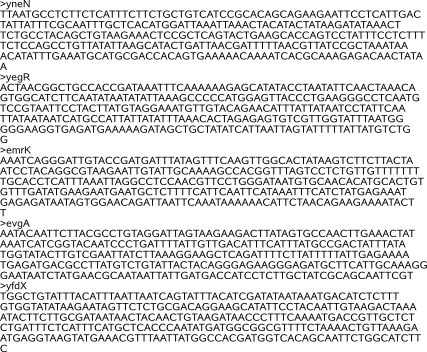To: Main Page

To: Main Page

|
This page describes the format of a file that describes a set of DNA sequences in FASTA format. |
FASTA file format |
|
In bioinformatics, FASTA format is a text-based format for representing DNA sequences, in which base pairs are represented using a single-letter code [A,C,G,T,N] where A=Adenosine, C=Cytosine, G=Guanine, T=Thymidine and N= any of A,C,G,T. The format also allows for sequence names and comments to precede the sequences. |
Conversion requirements |
- There is no standard file extension for a text file containing FASTA formatted sequences. Some examples of widely used file extensions are '.fasta', '.fna' or simply '.txt'.
|
Example |
 |
Feedback |
|
Contact us if you have comments, questions or suggestions or simply want to react on the contents of this guideline. Thank you. |